Yerga Shefi Coffee Producing Area Features What is Yerga Shefi Coffee Bean Flavor Features Brewing Introduction
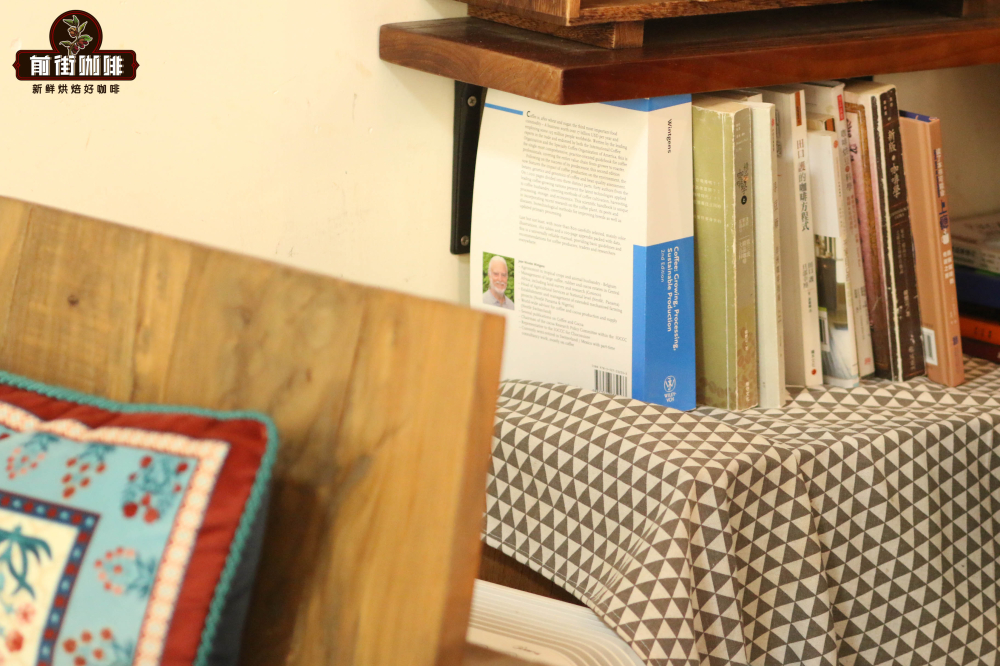
When it comes to black coffee, my friend's first impression is bitterness. When he drinks coffee in his hand for the first time, he will marvel that the coffee can still be sour. Of course, many coffee rookies with the impression that "coffee is bitter" were carried to the cafe by their friends, looked at the dazzling names of coffee beans on the cafe menu, and casually chose a Yega Xuefei, so they went into the pit.
When many coffee rookies went to the front street coffee shop, facing the blackboard marked with half a hundred coffee beans in the front street, they felt at a loss and didn't know where to start to find the coffee that suits their taste. However, I remember that the coffee bean that pushed itself into the abyss seemed to be called "Yega Xuefei". However, these four words were not seen on the bean list in front of the street.

So, what exactly is Yega Xuefei? Next, let Qianjie introduce what Yejia Xuefei is.
Boutique coffee in China has been so popular in recent years that Yega Xuefei can be seen on the menu if you walk into an independent cafe. Yega Xuefei is the most famous and important producing area in Ethiopia, and it is also a very popular coffee producing area in the boutique coffee circle. Even Starbucks, a popular commercial coffee chain around the world, once coveted the name Yejasuefei. In 2004, Starbucks tried to register Yega Xuefei as a trademark, and the Ethiopian government filed an international lawsuit for this. It wasn't until 2007 that Yejasuefi was recaptured.
Yejia Xuefei is famous, and behind these four words, it represents the unique flavor of a producing area. The Yegashafi producing area used to be a by-product area under the Sidamo producing area, but because the coffee in the Yedamo producing area has a light and unique white flower fragrance, for a time, many coffee growers in the Sidamo producing area claimed that they were growing the Yega Xuefei producing area. Later, Yega Xuefei separated from the Sidamo producing area and became a coffee producing area of its own, and that situation ended.
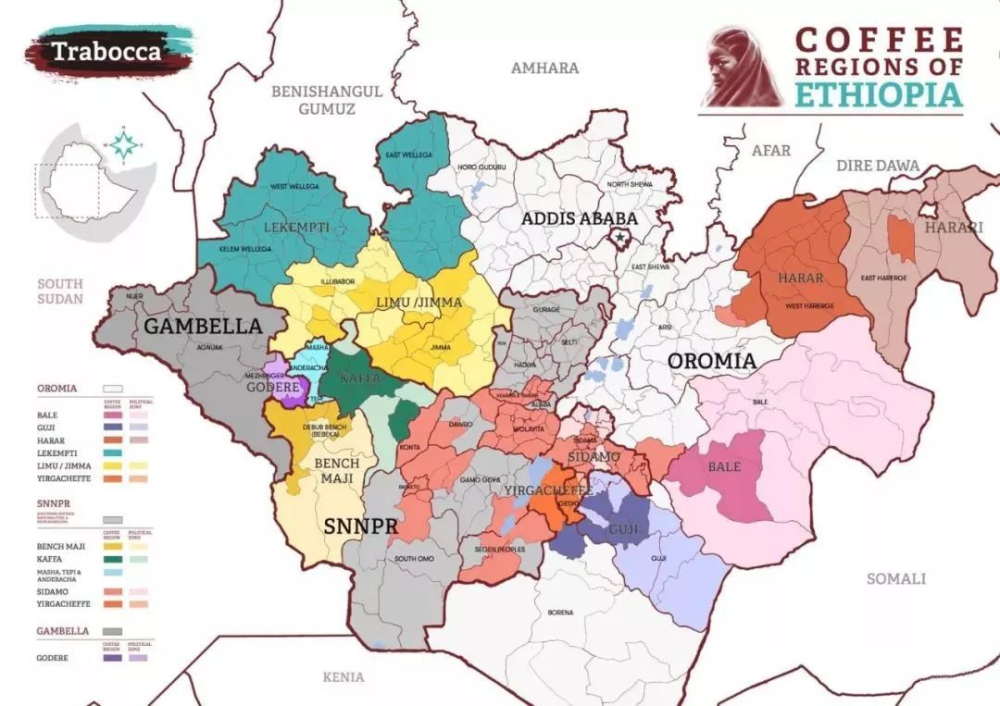
If you want to ask how unique the flavor of Yejia Xuefei coffee is, everyone who has tasted it will be deeply impressed by it. Often friends go to the bean shelves of the front street coffee shop and ask the barista of the front street coffee: they want some coffee beans with floral scent, but they don't want the taste of special treatment. At this time, the baristas of Front Street Coffee introduce either Rosa Coffee from Panama or coffee beans from the Yegashafi region of Ethiopia. The charming white fragrance of Yejia Coffee beans is closely related to the local way of handling raw coffee beans.
In order to solve the problem of the quality of raw coffee beans, Ethiopian authorities introduced washing treatment from Central and South America in the 1970s. After the complete and ripe coffee fruit is picked and selected, the peel and pulp are removed, and the shell beans with sticky pectin are placed in a pool to add water to slightly ferment, and then the friction between the shell beans is produced by manual stirring. wash the pectin. After the shell beans are cleaned, they are evenly laid on the viaduct, away from the dirt, and eventually dried to a moisture content of 13%.
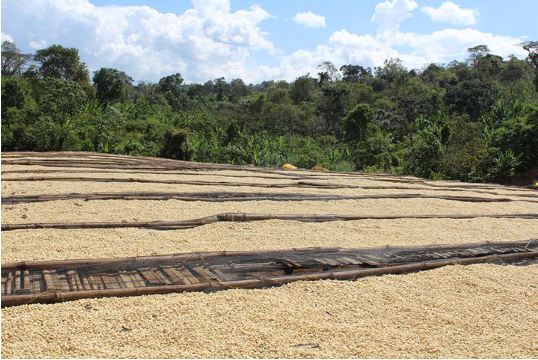
Due to the absence of sugars in the pectin layer of the pulp to participate in the process of fermentation and drying, the water-washed Yejiaxuefei coffee can clearly identify the smell of white flowers, and the Yejia Xuefei coffee beans are characterized by delicate taste. as Han Huaizong mentioned in the book "Fine Coffee".
The coffee beans treated with water have a clean and bright taste without too much modification, and can most highlight the most basic flavor tonality in the producing area. Yejasuefei production area as an iconic boutique coffee producing area, Qianjie Coffee rations bean series, Yega Xuefei represents the Ethiopian country. Qianjie Coffee's rations bean series has seven products, each of which represents the basic tonality of an iconic producing area, making coffee rookies more familiar with the customs of important producing areas at a favorable price.
Washed Yejia Xuefei, clean, bright and delicate, is the coffee bean that many coffee glutton must choose when things go wrong. However, the sun-treated Yejassefi coffee beans are also unique. On the bean list of Qianjie coffee, red cherries and Kongjia are all sun-treated coffee beans.
Sun treatment is the most primitive and traditional method of coffee treatment, in which carefully selected coffee red cherries are completely laid on an elevated bed and dried in the sun, and the coffee fruit is turned over at regular intervals to avoid too much unpleasant fermented flavor.
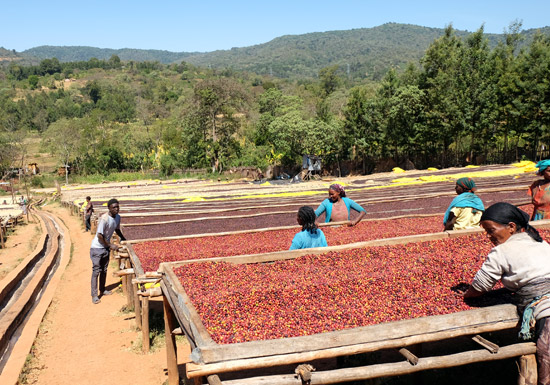
Because it is a complete coffee fruit, more sugars in pulp and pectin are involved in the processing of coffee raw beans, making the coffee have a thicker taste, stronger aroma and more obvious sweetness.
On the bean list of Qianjie Coffee, there are so many coffee beans from Yega Xuefei, which one tastes good? On the bean rack of coffee in front street, there are often washed Yega fruit dingding and sun-dried Yejia red cherries as its representative. The fruit is fresh and natural, with a green tea-like feeling; because the red cherry is tanned, it will have a berry-like sweet and sour feeling, a hint of fermentation and a strong sense of sweetness.
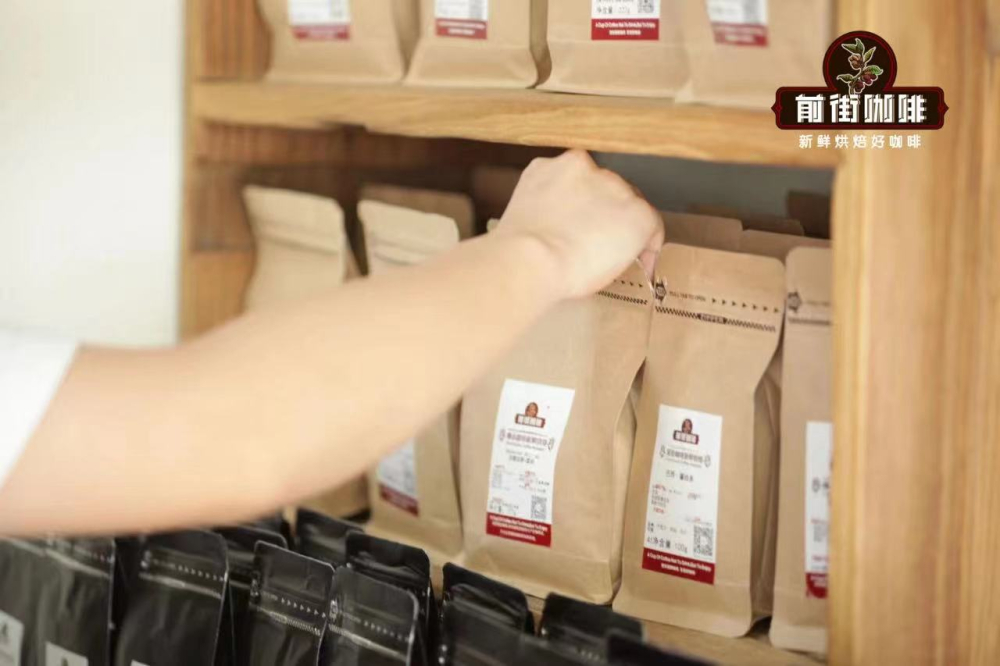
For many coffee lovers, coffee beans are easy to buy, but it is a challenge to get the flavor they should have. Next, Qianjie Coffee will introduce the brewing parameters used by the baristas of Qianjie Coffee.
Filter cup: Hario V60
Water temperature: 90 degrees Celsius
Amount of powder: 15g
Ratio of powder to water: 1:15
Grinding degree: the pass rate of Chinese standard No. 20 screen is 80%.
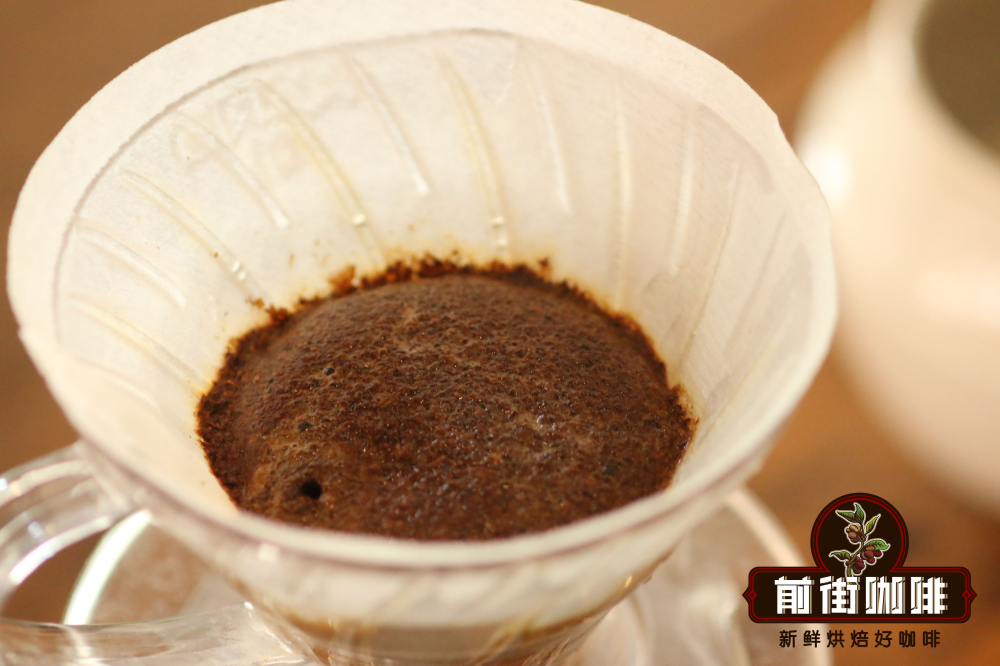
Due to the delivery of freshly roasted coffee beans in Qianjie within 5 days, the coffee beans have been raised for 4 to 7 days, and the flavor is good. Qianjie suggests that steaming should be carried out when brewing to promote the discharge of carbon dioxide from coffee powder, through this step, the aromatic substances and oils in coffee can be extracted more completely.
First inject 30 grams of hot water and steam for 30 seconds, inject fine water from the central point and slowly circle to 125 grams, when the water level is about to expose the powder bed, continue to circle water injection to 225 grams, the total extraction time is about 2 minutes.
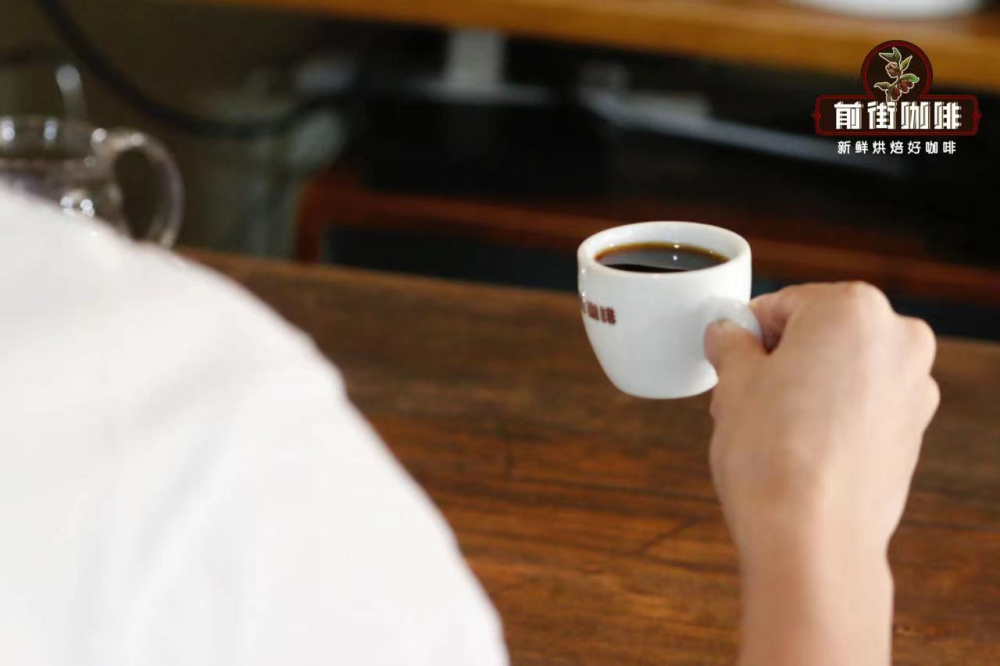
The diced fruit cooked in front of the street has a citrus sour entrance, with a green tea-like taste, a slight white flower aroma, delicate and clean taste. While the entrance of sun red cherries is smooth and delicate, the sweet and sour feeling of ripe fruit is incisively and vividly, with a hint of fermentation, and the aftertaste is as sweet as honey.
For more information about coffee beans, please follow the coffee workshop (Wechat official account cafe_style)
For professional coffee knowledge exchange, please add Wechat account kaixinguoguo0925.
Important Notice :
前街咖啡 FrontStreet Coffee has moved to new addredd:
FrontStreet Coffee Address: 315,Donghua East Road,GuangZhou
Tel:020 38364473
- Prev
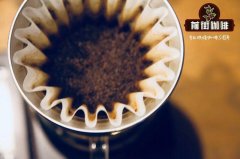
What are the characteristics of Ethiopian coffee beans? introduction to the varieties and prices of Ethiopian coffee
Professional coffee knowledge exchange more coffee bean information please follow the coffee workshop (Wechat official account cafe_style) Ethiopia Coffee Front Street introduction Harar Hara is located in the Eastern Highlands of Ethiopia (Harerge Province) and grows between 5000 and 7000 feet above sea level. It was still wild on the slopes a century ago, and most of the raw beans are medium size and long at both ends, green in color.
- Next
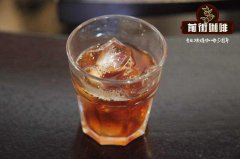
Espresso preparation of espresso
Professional coffee knowledge exchange more coffee bean information please follow the coffee workshop (Wechat official account cafe_style) espresso formula espresso drink is a professional coffee, including one or more shot pull coffee in the coffee machine (coffee manufacturer) like from the Saeco use pressurized extraction in order to force very hot water under high pressure by compression (e.g., compaction, tamping)
Related
- Beginners will see the "Coffee pull flower" guide!
- What is the difference between ice blog purified milk and ordinary milk coffee?
- Why is the Philippines the largest producer of crops in Liberia?
- For coffee extraction, should the fine powder be retained?
- How does extracted espresso fill pressed powder? How much strength does it take to press the powder?
- How to make jasmine cold extract coffee? Is the jasmine + latte good?
- Will this little toy really make the coffee taste better? How does Lily Drip affect coffee extraction?
- Will the action of slapping the filter cup also affect coffee extraction?
- What's the difference between powder-to-water ratio and powder-to-liquid ratio?
- What is the Ethiopian local species? What does it have to do with Heirloom native species?

